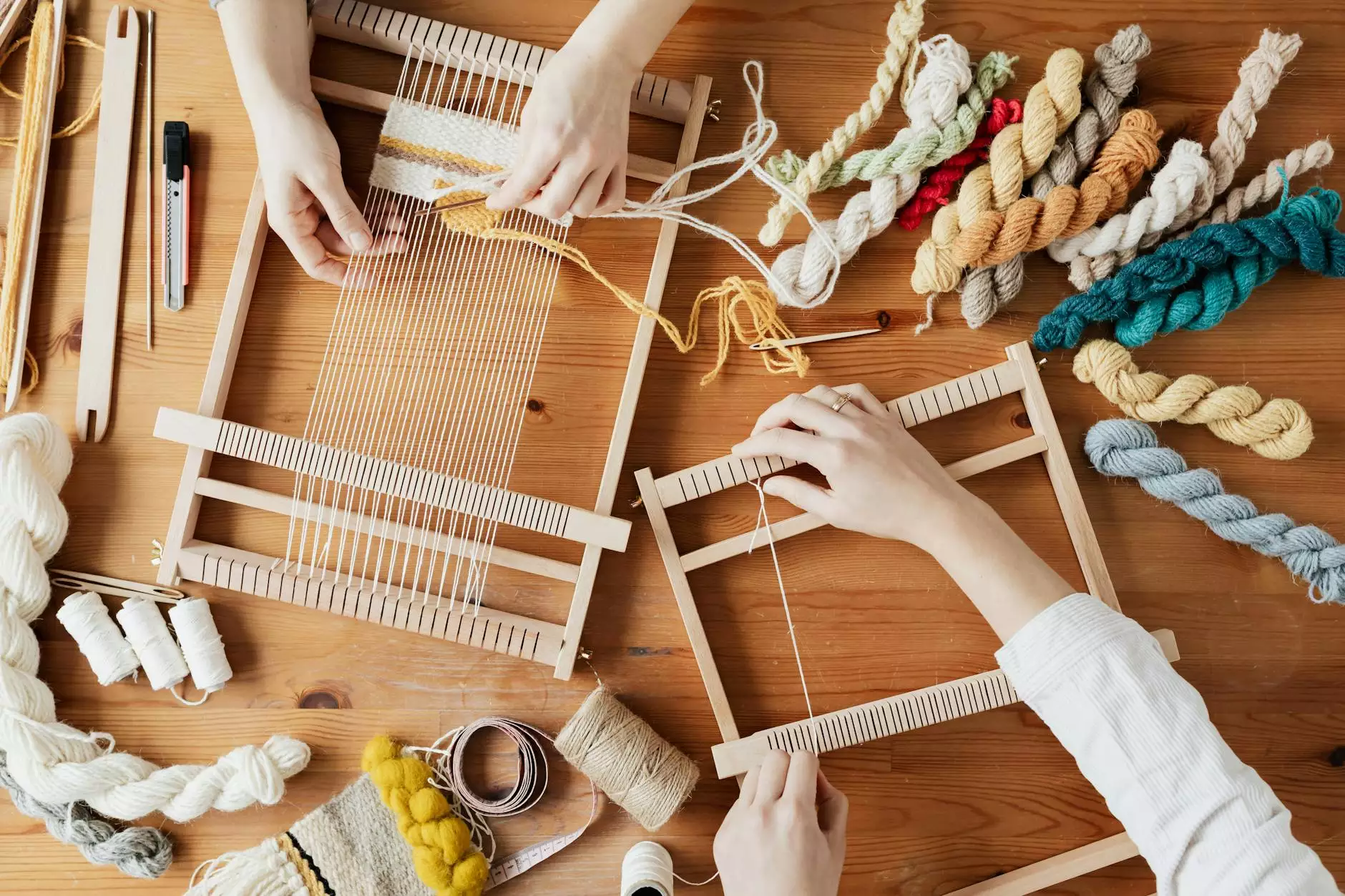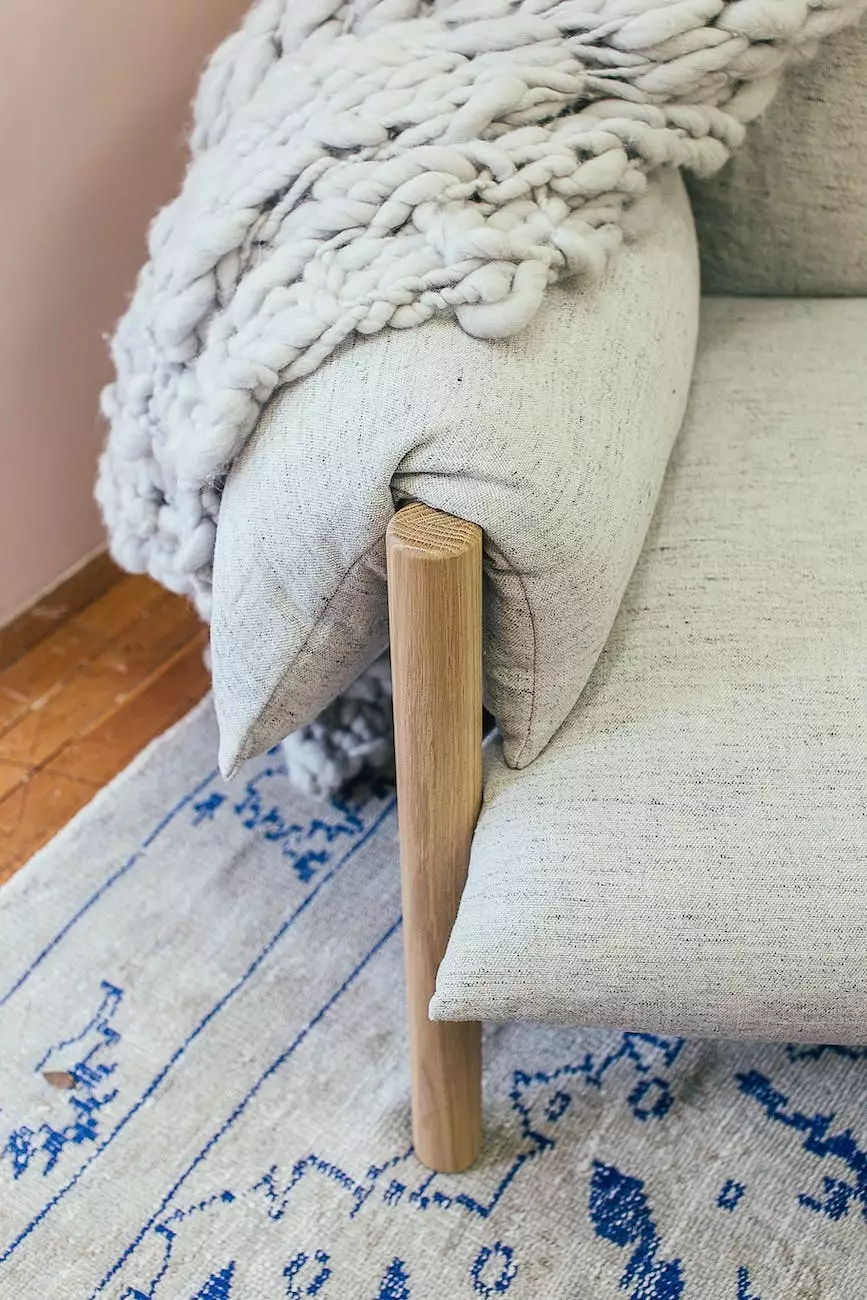Processing Hemp for Rope - A Comprehensive Guide

Introduction
Are you fascinated by the art of rope making and want to learn how to process hemp for rope? Look no further! At Grow and Make, we are passionate about providing you with valuable information on home and garden DIY projects. In this comprehensive guide, we will take you through the step-by-step process of processing hemp to create high-quality ropes. So, let's dive in and explore the wonderful world of hemp rope making!
Understanding Hemp Fiber
Hemp fiber is derived from the stems of the Cannabis sativa plant. It is known for its incredible strength, durability, and versatility, making it an ideal material for rope production. Hemp fibers are obtained by retting, a process that involves soaking the plant stems in water or exposing them to moisture to break down the external pectin layer.
Step 1: Harvesting and Drying Hemp Stalks
The initial step in processing hemp for rope is harvesting and drying the hemp stalks. Harvest the plants when the fibers are at their peak quality, typically during the flowering stage. Cut the stalks close to the ground, leaving the leaves intact. Bundle the stalks and hang them upside down in a well-ventilated area to dry. This drying process usually takes around two to four weeks.
Step 2: Retting the Hemp Stalks
Retting is an important process that helps separate the hemp fibers from the woody core. Once the stalks are dry, you have two options for retting: water retting and dew retting.
Water Retting Method
In the water retting method, immerse the dried hemp stalks in a large container filled with water. Make sure the stalks are completely submerged. Let them soak for about a week, checking regularly for any signs of fermentation or an unpleasant smell. Once the retting process is complete, remove the stalks from the water and allow them to dry in a cool, shady area.
Dew Retting Method
In the dew retting method, spread the dried hemp stalks evenly on the ground, preferably on grass or straw. Let them sit outside in the early morning dew for several weeks. The natural moisture in the air and dew will facilitate the breakdown of the pectin layer. Turn the stalks regularly to ensure even retting. Once the retting process is finished, gather the stalks and keep them in a well-ventilated area to dry.
Step 3: Breaking and Scutching
After the hemp stalks have been retted and dried, it's time to separate the fibers from the woody core. Breaking and scutching are two critical steps to achieve this.
Breaking
In the breaking process, use a hemp break machine or a similar tool to break the dried stalks. This will loosen the fibers from the core. Once broken, gather the stalks and move on to the scutching step.
Scutching
Scutching involves removing the broken stalks' woody debris from the fibers. Use a scutching knife or a small hatchet to scrape away the unwanted parts. Be careful not to damage the valuable fibers. After scutching, you should have clean, separated hemp fibers.
Step 4: Hackling and Combing
The next stage of processing hemp for rope involves hackling and combing to further refine the quality of the fibers.
Hackling
Hackling is done to remove any remaining impurities and align the hemp fibers. Use a hackle, a tool with sharp, metal teeth arranged in a row. Draw the fibers through the hackle, pulling them against the direction of the teeth. This process will clean and straighten the fibers, making them more suitable for spinning into rope.
Combing
Combing is an optional step that further enhances the quality and strength of the hemp fibers. Use a large comb, such as a wool comb or dog comb, to comb through the hackled fibers. This helps align the fibers even more and removes any remaining short fibers or debris.
Step 5: Spinning into Rope
Now that you have processed and refined the hemp fibers, it's time to spin them into rope. This can be done using various spinning techniques such as hand spinning or using spinning wheels.
Hand Spinning
Hand spinning is a traditional and rewarding method for spinning hemp fibers into rope. Use a drop spindle or a spinning wheel, along with techniques such as drafting and treadling, to twist the fibers into a strong and durable rope.
Spinning Wheels
Spinning wheels provide a faster and more efficient way to spin hemp fibers into rope. These machines are available in different variations, including a single or double drive. Learn how to handle the spinning wheel and adjust the tension properly for optimal results.
Conclusion
Congratulations! You have now learned the step-by-step process of processing hemp for rope making. At Grow and Make, we believe that making your own rope can be a rewarding and fulfilling experience. Remember, the quality of your hemp fibers and the attention to detail during each stage of processing will determine the strength and durability of the final rope product. So, grab your hemp stalks and start your rope-making adventure today!









